Virtual Visits
Three concepts shared at the recent MuseumNext conference illustrate how technology can reimagine the future, recreate the past and preserve a collection once decommissioned
Eyeing the future
A method of drawing the next generation to museums and galleries was offered by freelance artist and digital guru Adam Clarke at the MuseumNext conference in Newcastle in June. He said that Minecraft – a sandbox indie game which allows players to build constructions out of textured cubes in a 3D-generated world – could be used to educate children and promote their interest in museums worldwide.
A forefront creator within the online Minecraft community, Clarke has instigated numerous groundbreaking Minecraft projects and is widely involved in the use of Minecraft within cultural, heritage and educational settings.
Clarke suggested using Minecraft to teach young people about museums, artefacts, science and archaeology. Among the innovations created by Clarke in the game, one of the most outstanding is Tatecraft – a project shortlisted for the Tate Britain IK Prize, which celebrates talent in the digital industry. In Tatecraft, Tate Britain is recreated in-game, with players able to enter the works of art, explore the scene and see “behind” the image depicted.
“It’s an adventure in art and culture – not learning in the traditional sense, but kids are making these connections from gameplay,” Clarke says. “If you look to the side there are a lot of opportunities to turn games like Minecraft into learning.”
Objects created in Minecraft can now be 3D printed in the real world, bringing virtual creations to life.
This also benefits learning institutions such as science museums, who find hi-tech tools like this appeal to a young generation of visitors to their attractions.
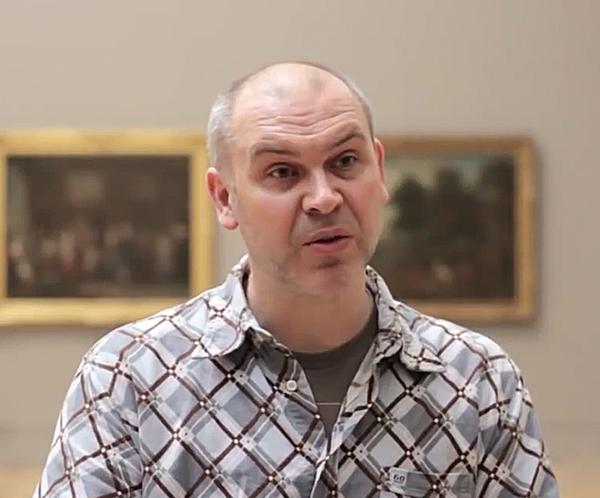
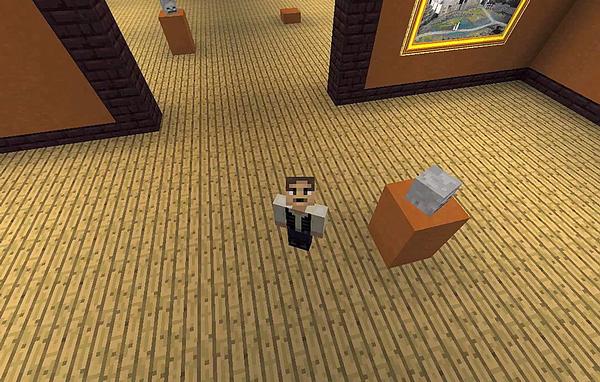

Reliving history
An entirely virtual museum was presented at MuseumNext. The De Museum op de Markt Spijkenisse – an augmented reality museum – operates as an app, and uses a marketplace in the town of Spijkenisse in the Netherlands as the backdrop on which it creates the “museum”.
Using the app, visitors walk around the market place and observe the virtual museum, which asks your height and then uses floor mechanics to activate sensors reacting with the device. Full-size three-dimensional objects and long-demolished buildings seem to appear.
“We worked with two groups,” says app creator Ferry Piekart. “The older group who are nostalgic and the tech-savvy children who like the app. When you look at things, an audioguide will tell you the story of what you’re looking at and the app will pop up further images.”
For those without an android device, fixed telescopes have been introduced around the marketplace with the same augmented reality technology installed for what is at present a one-of-a-kind experience.
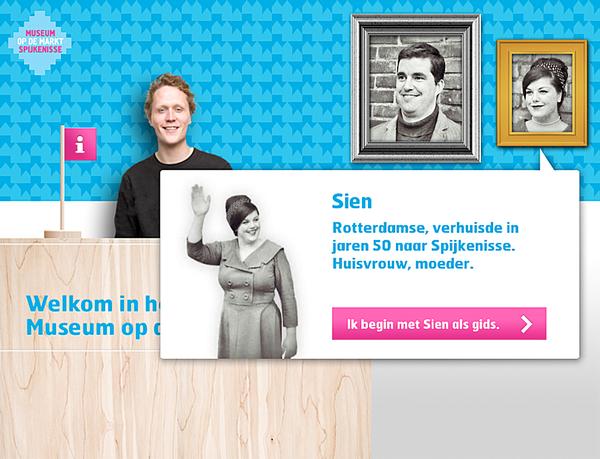
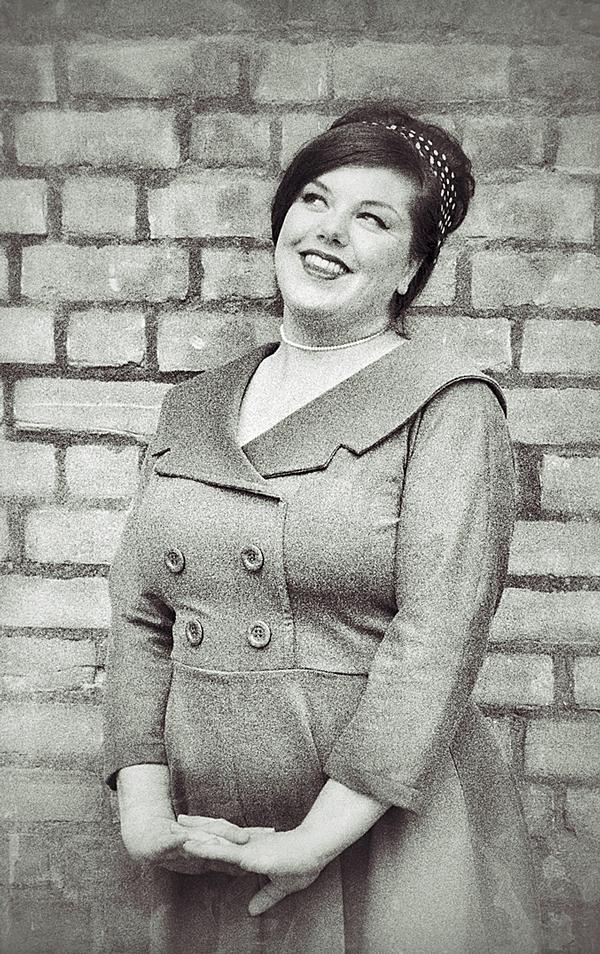
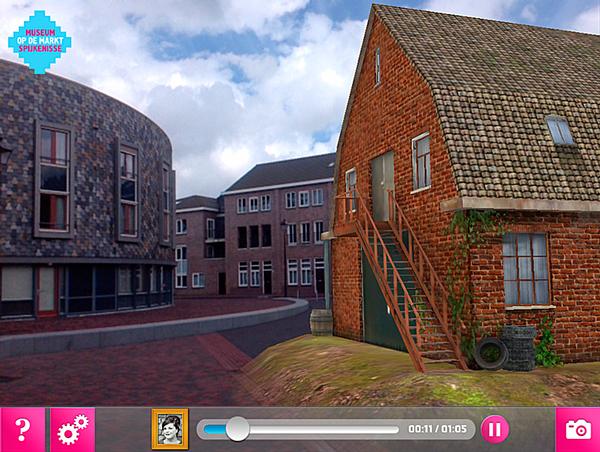
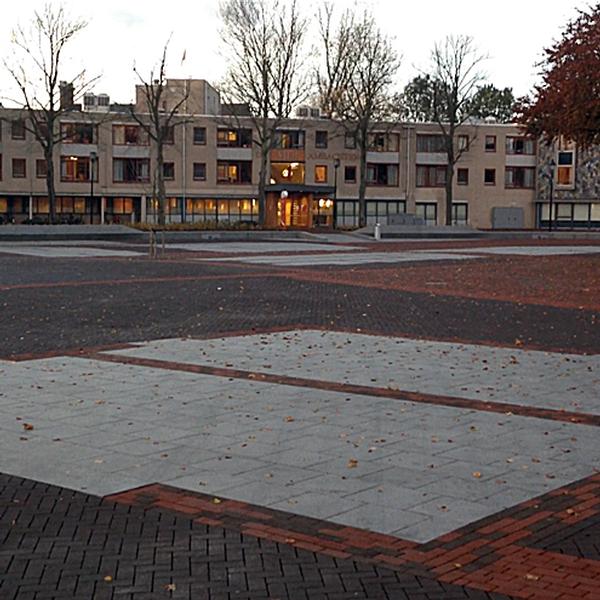
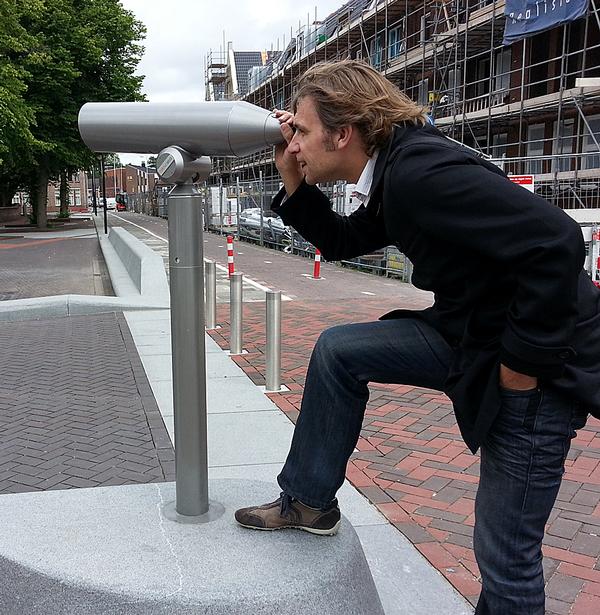
Preserving Past Collections
Using a different tactic, Scanlab and the Science Museum in London used cutting-edge 3D laser-scanning technology to 3D scan an entire area of the museum before it was decommissioned, preserving the exhibits for generations to come.
The museum’s shipping galleries, which originally opened in 1963, closed in 2012. They formed the largest gallery in the Science Museum. The entrance was a huge floor mural of a compass rose and beyond this was a two-tiered exhibition space of hundreds of exhibits chronicling maritime technology. Hundreds of incredibly detailed models of various sea vessels were included.
Scanlab’s Matthew Shaw and William Trossell told MuseumNext how they used two Faro Photo 120 terrestrial laser scanners. Rotating mirrors recorded 1 million reflections per second in a 360o scan at sub-millimetre resolution. Over five nights, 275 scans made 2 billion precise measurements to build a 3D model called a “point cloud” composed of 256GB of data that took 16 weeks to process.
Colour was later added to the scans by means of a digital camera on top of the scanner taking panoramic images. The colours from these images were mapped on to the monochromatic model.
Because of the size and scope of the scan it has so far only been used to produce a three-dimensional video fly-around of the gallery representing just one-tenth of the data collected, though in the future the museum hopes to find a way to make the data readily available for anyone who wishes to use it.
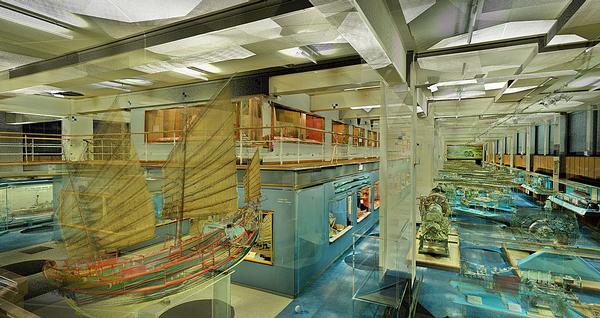
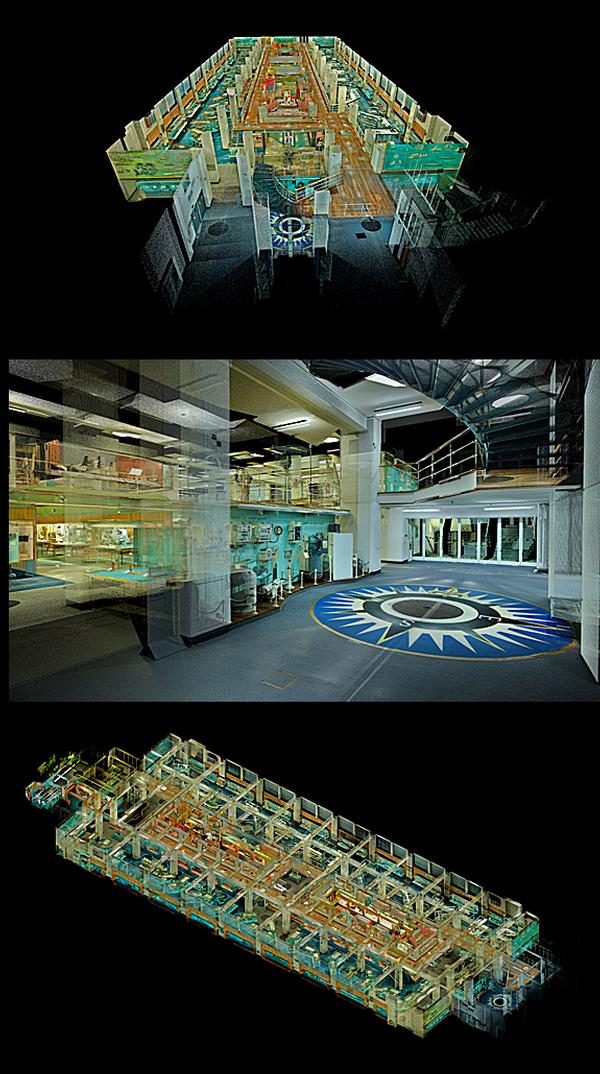
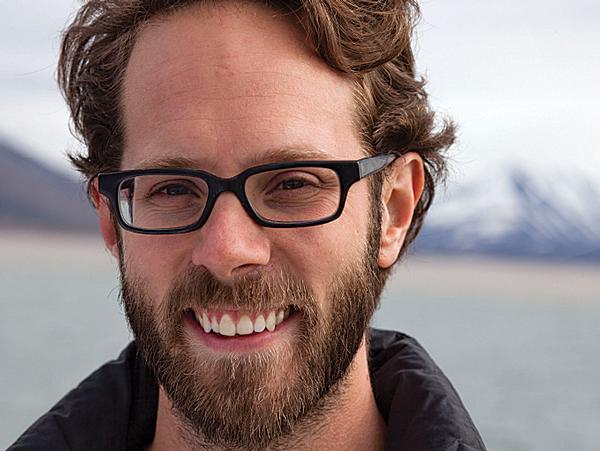
About MuseumNext
MuseumNext is Europe’s largest conference dedicated to museums. Making its debut in 2009, the event asks what the future holds for museums, showcasing tech innovations and best practice for the museums of tomorrow. For 2014, keynote speakers debating the hot topics included museums expert Koven J Smith, Colleen Dilenschneider of market intelligence analysts IMPACT and design agency founder Jason Minyo. The networking and seminar event took place this year at Newcastle’s Sage Gateshead, UK, with next year’s host to be announced in August. The conference covered everything from how Minecraft can get more kids into museums to how love affects how we view a museum.
For more details go to www.museumnext.com

Recreation Assistant (Dry Site)
Party Leader
Recreation Assistant/Lifeguard (NPLQ required)
Fitness Consultant Grade 3
Commercial Manager
Receptionist
General Manager
General Manager
Swim Teacher
Customer Service Advisor
Team Leader
Swim Teacher
Swimming Teacher
Swimming Teacher
Company profile

Featured Supplier

Property & Tenders
Company: Jersey War Tunnels
Company: Savills
Company: Cotswold Lakes Trust
Company: Knight Frank
Company: Belvoir Castle















